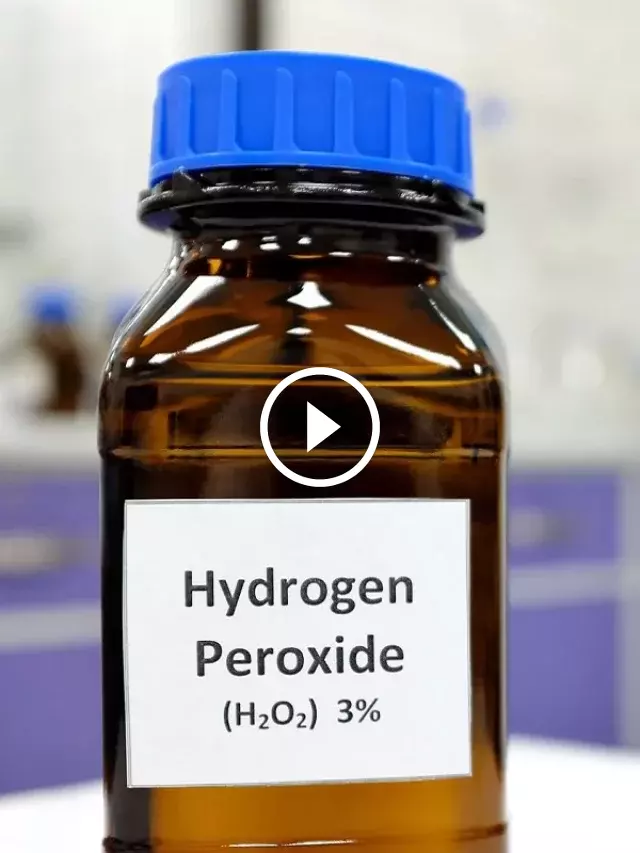What Helps Toothache? Peroxide Relief

Toothaches can be a real nuisance, disrupting our daily lives with their persistent ache. While the most effective way to address a toothache is by visiting a dentist, there are some home remedies that can provide temporary relief. One such remedy that has gained popularity is using peroxide for toothache relief. But does it really help, and how does it work?
First, let’s understand what causes toothaches. Toothaches are typically caused by inflammation of the pulp, which is the soft tissue inside the tooth containing nerves and blood vessels. This inflammation can be due to various reasons such as tooth decay, gum disease, a cracked tooth, or even an infection. The symptoms can range from mild discomfort to sharp, throbbing pain.
Now, when it comes to using peroxide for toothache relief, the most common method is swishing hydrogen peroxide solution in the mouth. Hydrogen peroxide is a mild antiseptic and bleach, which can help reduce inflammation and kill bacteria in the mouth. However, it’s crucial to use it correctly to avoid any potential harm.
How to Use Peroxide for Toothache Relief
Dilute the Peroxide: Never use undiluted hydrogen peroxide. The American Dental Association recommends diluting it with water (3% hydrogen peroxide to water, a 1:1 or 1:2 ratio). Undiluted hydrogen peroxide can damage tooth enamel and gum tissues.
Swish and Spit: Swish the diluted peroxide solution in your mouth for about 30 seconds, making sure it reaches the affected area. Then, spit it out. Do not swallow the solution.
Frequency: You can repeat this process a few times a day. However, if your toothache persists or worsens, it’s essential to see a dentist.
Temporary Relief: Remember, peroxide can offer temporary relief by reducing the bacterial load in your mouth and helping with minor gum inflammation. It does not treat the underlying cause of the toothache.
Other Home Remedies for Toothache Relief
Besides peroxide, several other home remedies can provide relief from toothache symptoms:
- Cold Compress: Applying a cold compress or an ice pack to the cheek near the aching tooth can help numb the pain.
- Pain Relievers: Over-the-counter pain relievers like ibuprofen (Advil, Motrin) or acetaminophen (Tylenol) can help alleviate the pain. Always follow the recommended dosage.
- Cloves: Clove oil, applied to a cotton ball and placed against the tooth, can help numb the area due to its eugenol content. However, use it sparingly and avoid applying it to the gums or tongue.
- Salt Water Rinse: Rinsing your mouth with warm salt water several times a day can help reduce swelling and ease pain.
The Importance of Professional Dental Care
While home remedies can offer temporary relief, they are not a substitute for professional dental care. Toothaches often signal an underlying issue that requires professional attention. A dentist can diagnose the cause of the toothache and provide the necessary treatment, whether it be a filling, root canal, or extraction.
Conclusion
Using peroxide for toothache relief can be a helpful temporary measure when used correctly. However, it’s essential to remember that persistent toothaches are a sign that something needs professional attention. Regular dental check-ups can prevent many issues from becoming severe problems, and if you do experience a toothache, don’t hesitate to reach out to your dentist. They are equipped to provide the care you need to alleviate your pain and address the underlying cause of your toothache.
Can peroxide cure a toothache?
+Peroxide can help reduce bacteria and inflammation, providing temporary relief from toothache symptoms. However, it cannot cure the underlying cause of the toothache, which often requires professional dental treatment.
How often can I use peroxide for toothache relief?
+You can use diluted peroxide solution several times a day. However, if the toothache persists or worsens, it's crucial to seek dental care for proper diagnosis and treatment.
Are there any risks associated with using peroxide for toothache relief?
+Undiluted or concentrated hydrogen peroxide can damage tooth enamel and gum tissues. Always dilute it with water and avoid swallowing the solution. If you experience any adverse effects or if your toothache persists, consult a dental professional.
As we navigate the world of oral health and toothaches, it’s essential to balance home remedies with professional care. While peroxide and other remedies can offer relief, they are part of a broader strategy that includes regular dental visits and good oral hygiene practices. By understanding the causes of toothaches and how to address them effectively, we can keep our smiles healthy and vibrant.



